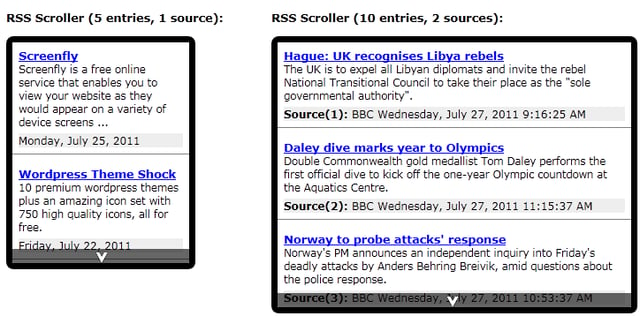RSS has become the standard data format for communicating news, updates or any other type of information that a company or individual wants to syndicate to a large audience. The name is an acronym that stands for Really Simple Syndication, which is an XML format that consists of designated elements that are consistent for all RSS feeds and conform to the XML 1.0 specification. These elements need to stay consistent to allow for a standardized data format that RSS aggregators can then consume. In this article we’ll take a look at the elements in this structure.
An RSS feed always starts with an <RSS> element, which contains an attribute called version, which specifies the version of the RSS feed. Here we focus on the RSS 2.0 format because it’s the most commonly used today.
The child of the <rss> element is the <channel>. This element is the containing element for the important data or content within the feed.
In order to describe an RSS feed there are some tags that can be added to the beginning of a feed. The required <channel> elements are <title>, <link> and <description>. Optional channel elements are <language>, <copyright>, <managingEditor>, <webmaster>, <pubDate>, <lastBuildDate>, <category>, <generator>, <docs>, <cloud>, <ttl>, <image>, <rating>, <textInput>, <skipHours> and <skipDays>.



